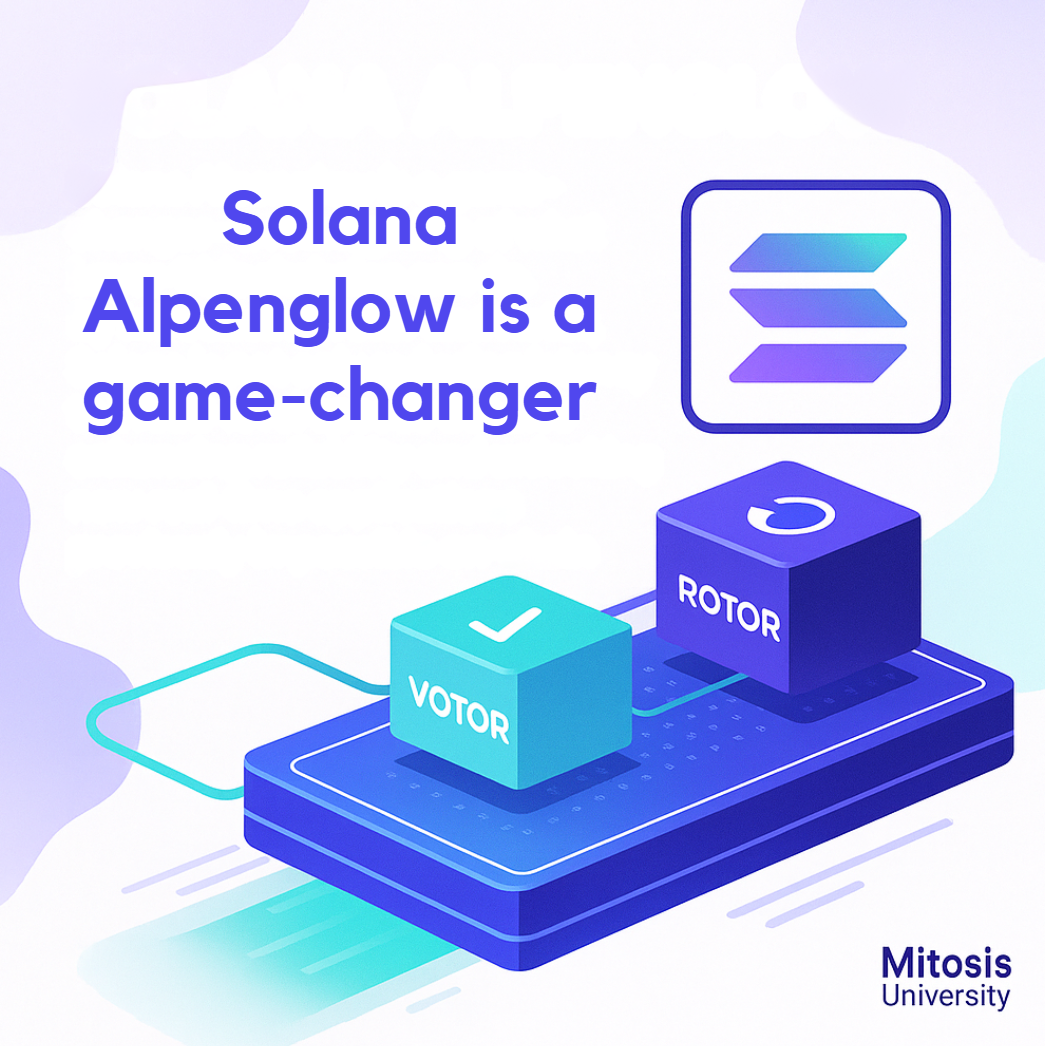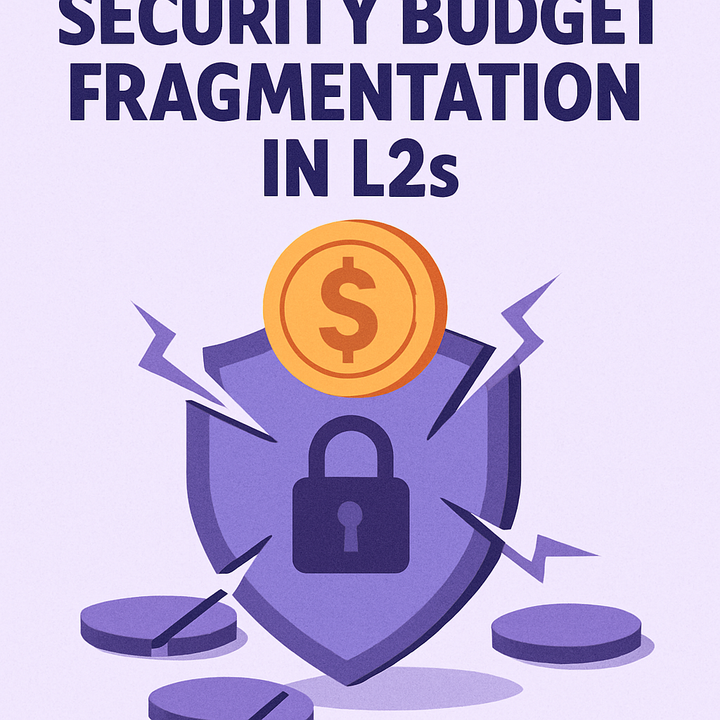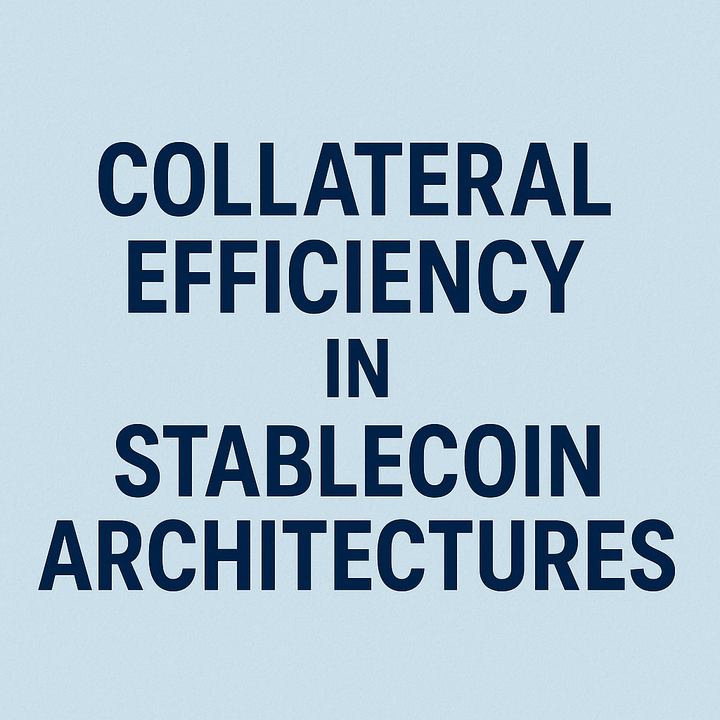Solana Alpenglow: The 150ms Breakthrough That Redefines Blockchain Speed

Imagine a blockchain so fast it competes not with other blockchains, but with the internet itself. Solana Alpenglow is exactly that—a sweeping overhaul of Solana’s consensus protocol that slashes transaction finality from 12.8 seconds to just 100–150 milliseconds.
More than an upgrade, Alpenglow is the most transformative change in Solana’s history, designed to deliver Web2-level performance for real-time, on-chain applications. Developed by Anza, a strategic spin-off from Solana Labs, it signals a deliberate shift toward decentralizing Solana’s development and rebuilding its reputation for speed and resilience. In this overview, you’ll learn what Alpenglow is, why it matters, and how it’s reshaping the blockchain landscape.
Redefining Blockchain Speed and Consensus
At its core, Alpenglow replaces Solana’s foundational technologies—Proof of History (PoH) and TowerBFT—with two next-generation systems: Votor and Rotor.
- Votor: The New Consensus Mechanism
- Votor manages how blocks are finalized. It replaces the legacy TowerBFT with a faster, parallel voting process.
- Uses two voting paths: a single-round fast path (80% stake approval) and a two-round fallback (60% approval), both running in parallel.
- Validators communicate via direct messaging, not gossip, which slashes latency and improves reliability under real-world conditions.
- Rotor: The New Data Propagation Protocol
- Rotor evolves Solana’s Turbine system by introducing a single relay layer for spreading data faster across the network.
- It uses erasure coding and proportional bandwidth distribution so all nodes help move data, preventing leader bottlenecks.
- Designed with physical limits in mind—like the speed of light—Rotor reduces network "hops" and enhances overall resilience with dynamic relay node management.
Together, these innovations give Solana unmatched speed, security, and scalability, setting a new standard in blockchain architecture.
Why Alpenglow Matters: Performance, Resilience, and Real-World Impact
Alpenglow is not just about speed—it’s about unlocking a new class of decentralized apps. Here's how:
- 100x Faster Finality
- Solana moves from 12.8 seconds to 150ms transaction finality—comparable to Web2 systems like centralized exchanges or instant payments.
- This allows Solana to support real-time applications such as high-frequency trading (HFT), live gaming, and instant payments.
- Scalable and Secure
- Built to handle up to 65,000 TPS, Alpenglow scales without sacrificing performance.
- A new "20+20" resilience model lets the network function even with 20% malicious and 20% non-responsive validators—an enterprise-grade security benchmark.
- Reputation Reboot
- Alpenglow directly addresses prior outages and bottlenecks, positioning Solana as not just fast, but reliable.
- Adds built-in tools for repair and re-sync to reduce downtime and boost validator reliability.
Strategic Positioning and Developer Impact
Alpenglow also repositions Solana strategically in both its ecosystem and the broader blockchain space.
- Developer Signal: Green Light
- Near-instant finality means developers can finally build real-time apps on-chain with the responsiveness of Web2 platforms.
- Applications now possible include real-time auctions, on-chain social networks, and responsive mobile dApps.
- Competitive Advantage
- Challenges Ahead
- Despite protocol gains, Solana still relies heavily on a single validator client (Agave)—a known vulnerability.
- The upcoming Firedancer client, developed by Jump Crypto, is essential for achieving full fault tolerance and client diversity.
Conclusion
Solana Alpenglow is a game-changer—a reimagining of what Layer-1 blockchains can do. By introducing Votor and Rotor, Solana is not only reducing latency to Web2-level speeds but also enhancing reliability and unlocking new real-time applications previously impossible on-chain.

Key Takeaways:
- Alpenglow reduces finality from 12.8 seconds to 100–150ms.
- Introduces resilient consensus (Votor) and efficient data propagation (Rotor).
- Enables Solana to support high-performance, real-time decentralized applications.
- Aims to attract mainstream users and developers by matching Web2 user experience.
Looking Ahead:
- Can Alpenglow shift the blockchain narrative from “slow and secure” to “fast and fault-tolerant”?
- Will Solana’s monolithic approach win out over Ethereum’s modular rollup strategy?
- As client diversity grows, could Solana become the new gold standard for real-time dApps?
Solana isn’t just racing other blockchains anymore—it’s racing the internet itself.
References
- https://www.anza.xyz/blog/alpenglow-a-new-consensus-for-solana
- https://www.blockchain-council.org/cryptocurrency/solana-launches-new-consensus-protocol/
- https://www.bitget.com/news/detail/12560604768633
- https://www.reddit.com/r/solana/comments/1ksxix3/colosseum_codex_alpenglow_grid_chainlink_ccip/
- https://coinstats.app/news/554f66c59900dc2bfc1d00efdaa672fdfa91298efdaa672fdfa91298afdb07ae11dc1fc069aafae26_Solana-Ambitious-Upgrade-Yet-Alpenglow-to-Set-New-Layer1-Benchmark
- https://www.anza.xyz/blog/alpenglow-a-new-consensus-for-solana
- https://www.analyticsinsight.net/news/solana-unveils-alpenglow-upgrade-to-revolutionize-blockchain-speed-and-stability
- https://nownodes.io/blog/solana-alpenglow-technical-analysis-2025/
- https://www.fxstreet.com/cryptocurrencies/news/solana-set-for-a-consensus-switch-with-the-introduction-of-alpenglow-202505192340
- https://www.reddit.com/r/solana/comments/1ksxix3/colosseum_codex_alpenglow_grid_chainlink_ccip/
- https://www.fxstreet.com/cryptocurrencies/news/solana-set-for-a-consensus-switch-with-the-introduction-of-alpenglow-202505192340
- https://www.binance.com/en/square/post/24495386110065
- https://cryptomus.com/blog/solana-prepares-for-major-consensus-shift-with-anzas-alpenglow-news
- https://www.analyticsinsight.net/news/solana-unveils-alpenglow-upgrade-to-revolutionize-blockchain-speed-and-stability
- https://www.barchart.com/story/news/32535381/solanas-sol-move-into-decentralized-social-media-but-ruvi-ai-ruvi-evaluates-at-1-thanks-to-real-world-utility-and-experts-prediction
- https://www.ainvest.com/news/solana-proposes-major-protocol-overhaul-boost-scalability-decentralization-2505/


Comments ()